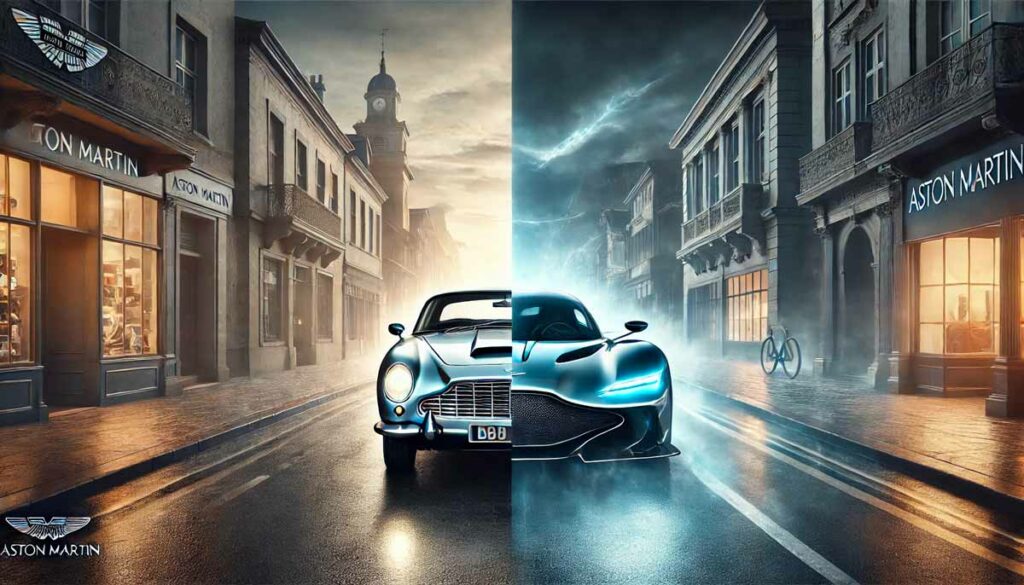Is Aston Martin’s Future More DB5 or Valkyrie?

For decades, Aston Martin has been synonymous with elegance, luxury, and timeless design. But with the arrival of futuristic hypercars like the Valkyrie, the brand faces a pivotal question: should its future remain rooted in traditional craftsmanship, or should it embrace radical innovation?
The Legacy of the DB5
When people think of Aston Martin, the DB5 is often the first car that comes to mind. Introduced in 1963, it quickly became an automotive icon, thanks in part to its starring role alongside James Bond in Goldfinger. The DB5 embodied sophistication and understated power, with its inline-six engine, hand-crafted interior, and graceful design.
This tradition of producing grand tourers (GTs) has been a cornerstone of Aston Martin’s identity. Models like the DB9 and DB11 have continued this legacy, blending comfort, performance, and classic aesthetics. These cars appeal to enthusiasts who value tradition and the unique sense of occasion that comes with driving an Aston Martin.
The Radical Vision of the Valkyrie
In stark contrast to the DB5’s timeless elegance, the Valkyrie represents a bold leap into the future. Developed in collaboration with Red Bull Racing, the Valkyrie is a hypercar engineered for maximum performance. Its naturally aspirated 6.5-liter V12 engine, combined with hybrid technology, produces over 1,100 horsepower, making it one of the most powerful road cars ever built.
Every aspect of the Valkyrie is designed with aerodynamics and speed in mind. Its aggressive styling, with dramatic curves and an almost alien-like silhouette, breaks entirely from Aston Martin’s traditional design language. The car is not just a statement of engineering prowess; it’s a declaration that Aston Martin is ready to compete with the likes of Ferrari, Bugatti, and McLaren in the hypercar segment.
The Balancing Act
Aston Martin’s challenge lies in balancing these two extremes. On one hand, its GT models like the DB11 and Vantage continue to attract loyal customers who appreciate the brand’s heritage. On the other, hypercars like the Valkyrie and the upcoming Valhalla signal a willingness to push boundaries and appeal to a younger, more performance-focused audience.
The question of whether Aston Martin’s future is more DB5 or Valkyrie is also a question of market dynamics. Traditional GTs cater to a well-established audience that values refinement and luxury. Hypercars, however, generate immense publicity and position the brand as a cutting-edge innovator. Both strategies have their merits, but pursuing one at the expense of the other could alienate key demographics.
What Lies Ahead?
The truth is, Aston Martin’s future is likely a blend of both worlds. The brand’s recent releases, such as the DBX SUV, demonstrate its ability to adapt to changing market demands without sacrificing its identity. Similarly, models like the Valhalla—which offers hybrid performance in a more accessible package than the Valkyrie—show that Aston Martin is finding ways to merge tradition with innovation.
As Aston Martin navigates this pivotal era, it’s clear that both the DB5 and the Valkyrie have roles to play in shaping its legacy. The DB5 will always represent the soul of Aston Martin, while the Valkyrie points to the limitless potential of what the brand can achieve. For fans and collectors, the real excitement lies in watching how Aston Martin continues to balance its storied past with its bold future.




